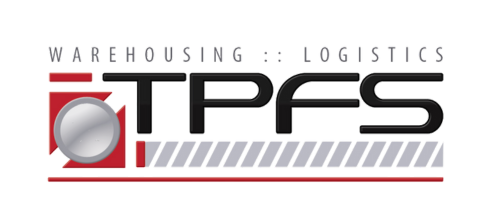Introduction:
In the fast-paced world of logistics, efficiency and cost reduction are key factors for businesses looking to stay ahead of the competition. One strategy that's been gaining traction in recent years is cross-docking. At TPFS Warehouse, we understand the importance of streamlined operations and have implemented cross-docking solutions to better serve our clients in California. In this blog post, we'll explore how cross-docking works and how partnering with TPFS Warehouse can lead to significant benefits for your business.
What is Cross-docking?
Cross-docking is a logistics process in which products are received at a warehouse or distribution center and then quickly transferred to outbound trucks without being stored. This minimizes the time spent in storage and handling, which can lead to reduced costs and improved efficiency.
How TPFS Warehouse Implements Cross-docking:
Strategic Location: Our California-based facility is strategically located near major transportation routes, allowing us to quickly receive and distribute products to their final destinations.
Advanced Technology: We utilize state-of-the-art warehouse management systems (WMS) and tracking software to monitor incoming and outgoing shipments, ensuring smooth and efficient cross-docking operations.
Skilled Workforce: Our experienced team members are trained to handle the unique challenges of cross-docking and can quickly identify and resolve any issues that may arise during the process.
Benefits of Cross-docking with TPFS Warehouse:
Reduced Storage Costs: With cross-docking, products spend minimal time in storage, which helps to reduce warehousing expenses.
Improved Inventory Management: Cross-docking reduces the need for large inventory levels, allowing businesses to adopt a leaner, just-in-time inventory management approach.
Faster Order Fulfillment: By minimizing the time products spend in the warehouse, cross-docking enables faster order processing and delivery to customers.
Decreased Handling Costs: With fewer touchpoints during the logistics process, cross-docking can help to reduce labor and handling costs.
Enhanced Product Quality: Cross-docking reduces the time products spend in storage, which can help maintain freshness and quality, particularly for perishable items.
Conclusion:
Cross-docking is an effective strategy for businesses looking to improve efficiency and reduce costs in their supply chain. At TPFS Warehouse, we are committed to providing top-notch 3PL services, including tailored cross-docking solutions for our California-based clients. By partnering with us, you can leverage our expertise and infrastructure to streamline your logistics operations and better serve your customers. Contact us today to learn more about how TPFS Warehouse can help your business thrive.

